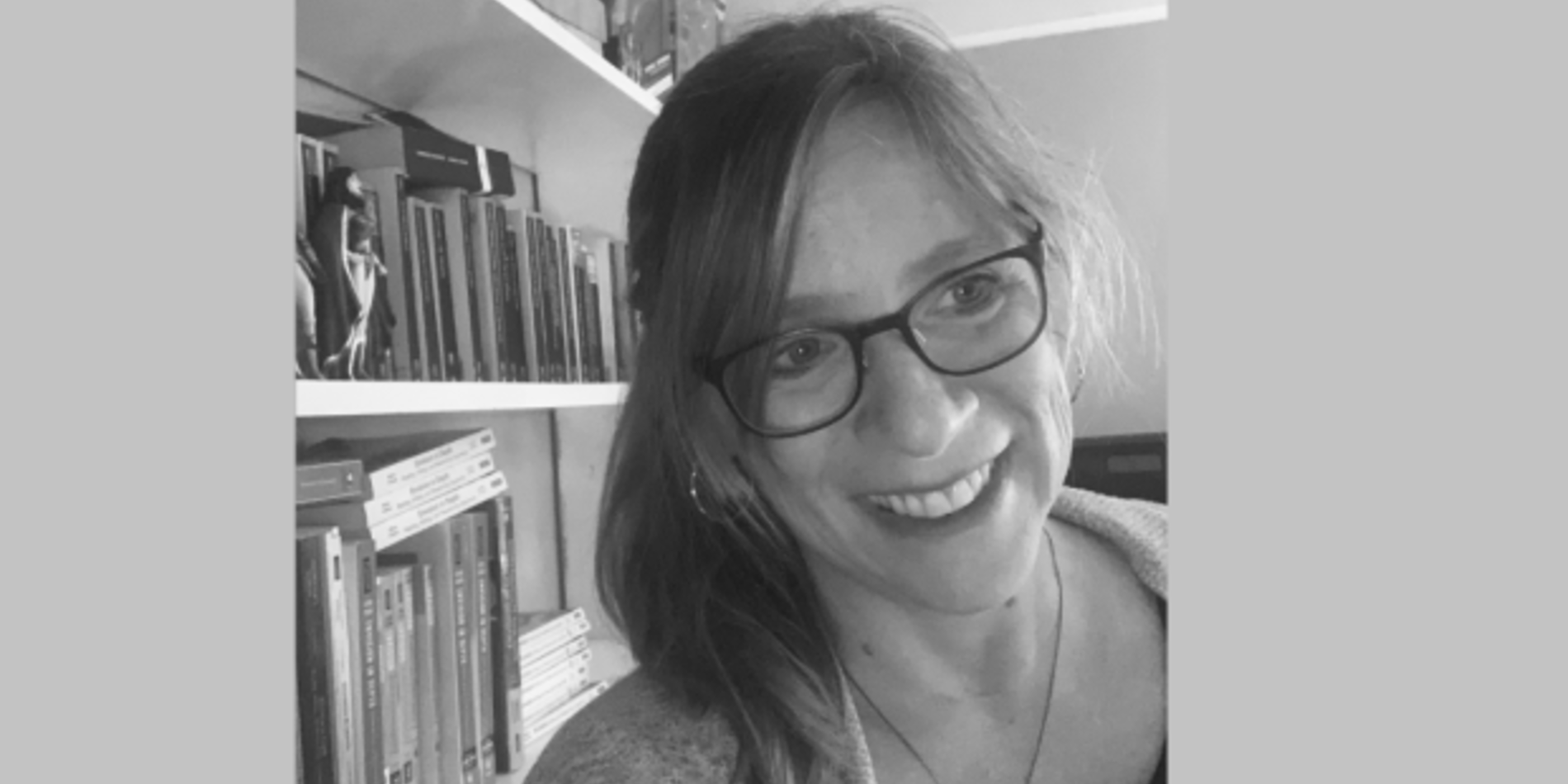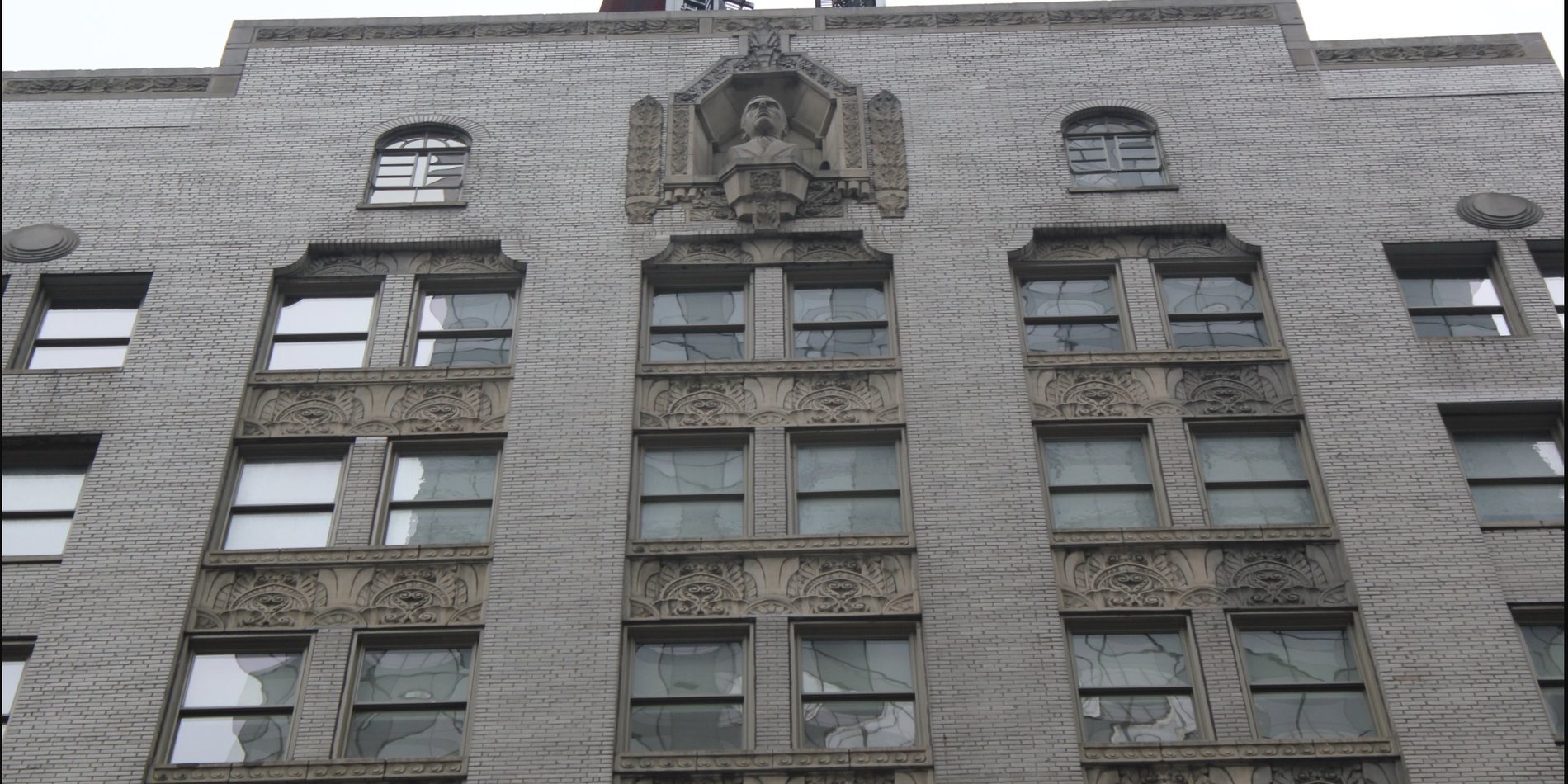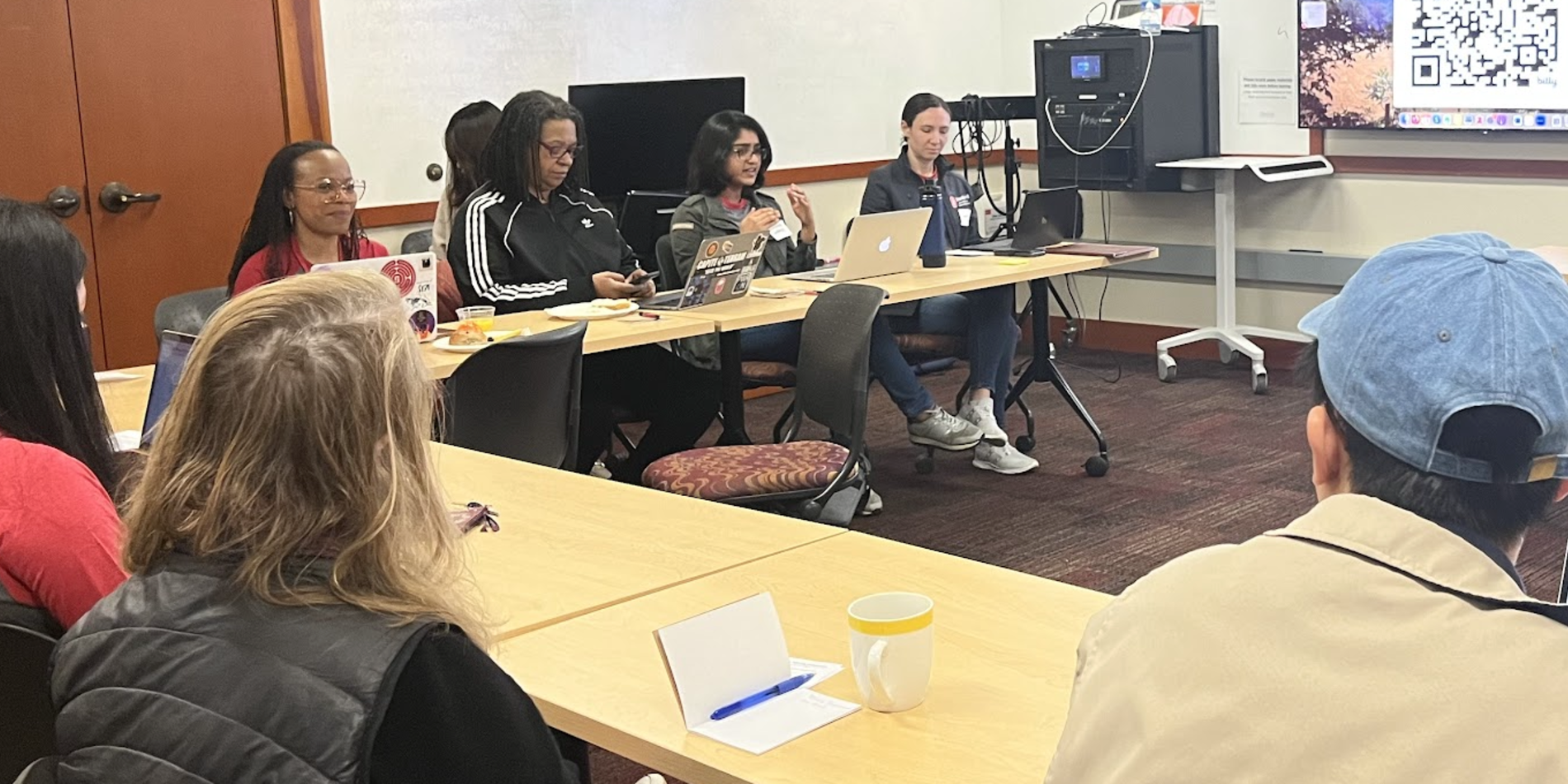Coordinator's Corner: Asking the Boothe Essays: Or, How Can We Learn from Our Archive of Boothe Prize Winning Essays
By Chris Kamrath
When I first arrived at Stanford, I found the Boothe Prize essays to be an incredible teaching resource. Here was an archive of excellent writing that that helped me introduce students to what was often the longest and most daunting essay they had ever written. The collection of Boothe volumes on the bookshelves of Sweet Hall extended back more than a decade (and my students could access all of these essays online). My first quarter I assigned Patricia Ho’s winning essay on hyperlocal citizen journalism, “Citizen Journalism: Locally Grown, Community-Owned”. As we read her case-study of a small neighborhood newspaper in San Francisco, students marveled at her opening that created a contrast between how the Local carefully covered a neighborhood shooting and the way he shooting was barely noted in the San Francisco Chronicle. Students quickly understood how this opening both set up and reframed the conversation that was happening among scholars and reporters about whether or not ‘citizen journalism’ counted as ‘real’ journalism. Ho’s essay generated a lively debate about the limits of the case study as a tool for making larger arguments: How, some students asked, could we generalize about citizen journalism based on one newspaper in a neighborhood different from many others? Yet, my students were impressed with the breadth of evidence she marshalled in the essay: details from articles in the Local, interviews with the editor, reader comments, and design elements from the website. We returned to the essay throughout the last third of the class to think different rhetorical challenges such as how to craft a research problem, fashion a thesis, embed the problem in an ongoing conversation, write in sections, and how to tie various sections together into an argument. We also read bits and pieces of other Boothe essays to gain additional perspective, but for my first quarter teaching at Stanford, Patricia Ho’s essay was often present.
After that first quarter, however, I tended to use the Boothe essays less frequently. I had my own smaller archive of essays for each of the assignments that my students had given me permission to share with my future classes. As my understanding of the assignments took shape, I had less need to rely on samples to explain what an RBA looked like. When I did use a Boothe essay in class it was primarily to introduce the Boothe Prize: I wanted to show that we valued student writing and that writing from PWR 1 could circulate beyond class.
For several years we have been working as a program to make the Boothe essays more useful as teaching tools in our classes. These efforts were sparked by the work of Donna Hunter and Sarah Pittock in 2012 to put together an archive of all of the materials that went into creating a Lunsford Prize winning presentation. Soon the Publications Committee and the TTP committee were working to document the writing and revision process behind the Boothe Prize essays and to annotate the essays to make them more easily accessible. While we have worked to scale back some of these efforts, you can find the results of much of these labor on the TeachingWriting website. In the “Building a Boothe Essay” section you can find the instructor reflections that are printed in the Boothe book as well as a reflection by the student on the writing and research process and a student spotlight that is published in the PWR newsletter. The student reflections are brief and provide a different perspective on the writing process when we use these essays in our classes. The reflections help us see the labor of writing a prize-winning essay that might otherwise look effortless to our students. While we have built up significant teaching resources around the Boothe Prize essays, we have also come to recognize that instructors often prefer to use sample essays from their own classes (or prefer not to teach ‘sample’ essays). Regardless, we simply don’t have much time late in the quarter to assign Boothe essays.
Given these constraints, as PWR 1 course coordinator I have started thinking about ways in which we can make use of our archive of Boothe essays that do not always involve asking our students to read an entire 12 to 15 pages essay. To start this process, I am posting three new activity handouts (on introductions, on thesis statements, and on through-lines) that take advantage of either (1) teaching using parts of essays or (2) provide ways to reuse Boothe essays that we have already taught. While I am posting these under a Creative Commons Attribution license and would be happy for everyone to use and re-mix the activities, the overall goal is to think about new strategies for how we can make use of our archive of Boothe essays. How can we keep learning from the Boothe essays?
The first activity, on introductions, works to take advantage of the fact that students can scroll through the digital archive of Boothe essays and quickly select 3 essays that sound interesting. Reading three introductions (either in class or prior to class) won’t take them away from their own research and writing for too long. This repetition of reading intro after intro also allows students to theorize how introductions work for themselves. In class, they can discuss the introductions in small groups. In my experience of using this exercise for the last two quarters, it helps students (1) understand potential rhetorical strategies in openings, (2) explore the variety of different rhetorical moves that across introductions, and (3) examine how these parts acquire rhetorical coherence as a section of the essay.
The second activity, on thesis statements, also asks students to work inductively and theorize by working across examples. Here I ask students to find and copy several thesis statements. Students confront the challenge of figuring out what a multi-sentence thesis might look like. This time students are tasked with identifying their own norms for a “good” thesis statement. They then transform these norms into questions that they can ask each other about their draft thesis statements. Once again, the key is that students have quite a few texts in the archive from which to draw thesis statements. This means that across small groups (and the class as a whole) there will be unusual, different or challenging thesis statements. While the activity sheet offers some norms for a good thesis statement, it also asks them to learn from the Boothe essays and add to or revise these norms.
The final activity, on through-lines, is designed to help us think about ways to reuse the one sample Boothe essay that we might teach in full. It is designed to be taught late in the quarter late after the first draft or late in the drafting process when students can reflect on their writing and think about style and coherence.
Last year I taught Patricia Ho’s 2010 essay on Citizen Journalism for the first time in several years. Students were once again excited by the fact that a student had crafted an original case study that really seemed to add to the existing conversation. Yet, they were reading the essay very differently than students had just a few years ago. They were well aware Bay Area news rooms, like that of San Francisco Chronicle, had been decimated by layoffs since the essay had been completed. The small non-profit newspaper that Patricia Ho had written about years before now seemed even more important, more promising. For my students, the fact that this essay had been published (in print!), entombed in the library, and circulated online was evidence that their voices could contribute to the conversation. Several cited Ho’s essay in their own RBAs.
While I will likely return to teaching an RBA from my own students this quarter, I understand that making Boothe essays present in our classes, reading them, if only in parts, helps students imagine how their writing from PWR may matter. (If you want to find a Boothe essay that fits your theme, check out the tagging that our colleagues on the Publications Committee did to sort the essays for you by discipline and subject.) While the main goal of the Boothe Prize is to recognize student writing, the Archive of Boothe Prize essays is also an incredible teaching resource. We can provide our students with opportunities to learn from the archive if we frame it as a corpus of texts they can examine and theorize in discrete ways. Please feel free to use and re-mix these teaching materials. If you have found ways to teach bits and pieces of the Boothe essays, and you are willing to share) please send these materials my way so they too can be posted to the “Ways to Teach with Boothe Essays” page.



